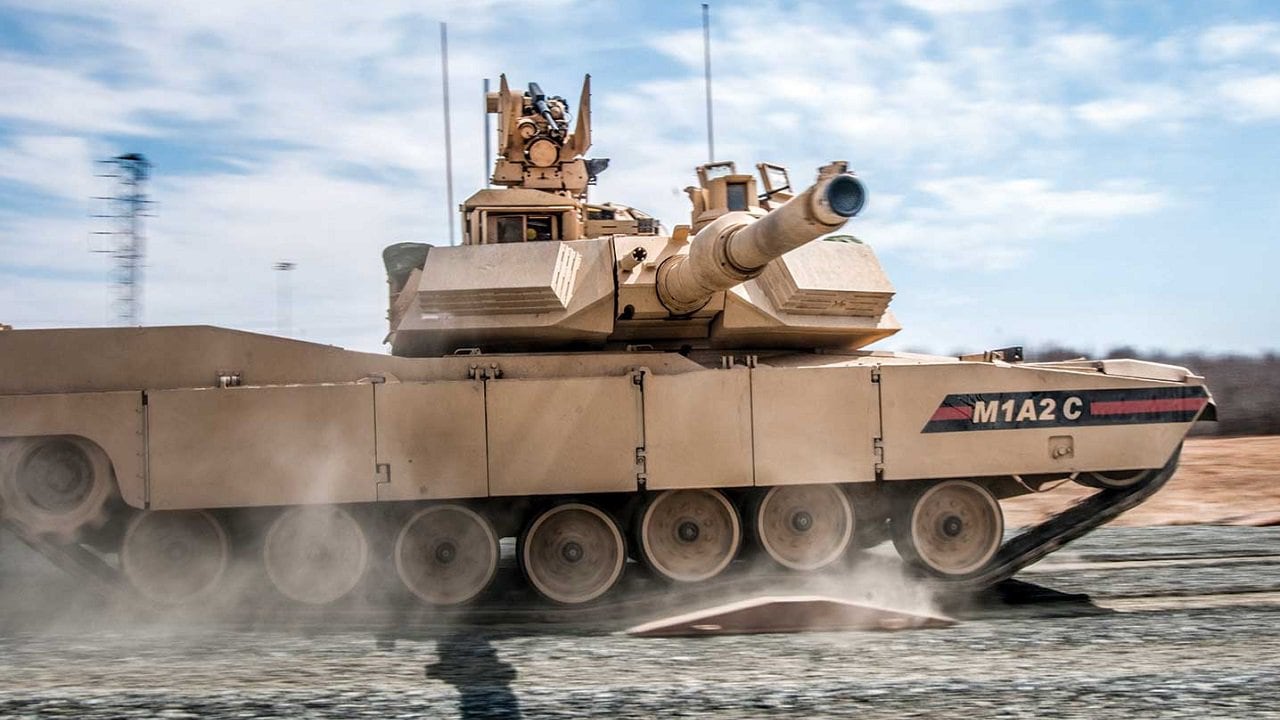The first U.S.-made M1 Abrams main battle tanks (MBTs) arrived in Ukraine on Saturday, months ahead of initial estimates.
The tanks are expected to be employed in the coming weeks in Kyiv’s counteroffensive against Russian forces, but the exact number that arrived has not been disclosed.
These are the first of a pledged 31 Abrams MBTs that Washington agreed to send in January.
“Abrams are already in Ukraine and are preparing to reinforce our brigades,” Ukrainian President Volodymyr Zelensky wrote in a post to the Telegram social messaging app.
The tanks had first arrived in Grafenwoehr, Germany, where Ukrainian tank crews and maintainers received a 12-week-long U.S.-led training course on the platforms.
A pair of U.S. defense officials confirmed that additional tanks will be arriving in the coming months, The New York Times first reported.
High Value Assets
The M1 Abrams, considered to be among the best MBTs in service in the world today, was among the items that Zelensky said were needed to help turn the tide on the battlefield, but most experts contend that a dozen and half of the U.S. tanks aren’t likely to be a significant game changer.
They will thus have to be used in very specific roles. Kyiv has already lost a number of the German-made Leopard 2 and at least one British-supplied Challenger 2 MBTs that arrived earlier this year. The loss of such vehicles in a modern war wasn’t unexpected – even if Russian propagandists saw it as a PR coup – but since the initial losses, Ukraine has been much more cautious about how it deploys these platforms.
General Kyrylo Budanov, head of Ukraine’s military intelligence, told the paper of record that the Abrams will be deployed “in a very tailored way, for very specific, well-crafted operations,” rather than just being rushed to the front lines, where “they will not live very long on the battlefield. They need to be used in those breakthrough operations, but very well prepared.”
For those reasons, even as the M1s are now in Ukraine, it could still be weeks at least before any head to the front. Ukraine will also need to determine where they might be most effective. In the meantime, the exact locations of the tanks aren’t likely to be disclosed.
“[Kyiv’s forces] won’t want to start losing them to precision strikes before they are actually in the fight,” General Ben Hodges, U.S. Army (Retired), who formerly commanded the U.S. Army in Europe, also told The New York Times.
More Western Tanks May Be Needed?
The 31 M1 Abrams could help bolster Ukraine’s tank force, which also received several dozen German-made Leopard 2 and at least 14 Challenger 2 tanks. However, as noted, at least half a dozen of the Leopard 2s were already damaged or destroyed. It is unclear how many of the damaged vehicles were returned to service.
Kyiv has said it would need at least 300 Western MBTs for its counteroffensive – and has had to rely on about half that number.
Both sides have lost significant numbers of tanks in the fighting, but Russia has been able to reinforce its troops with Cold War-era tanks. This has provided a greater number of vehicles, even if some of the platforms include the antiquated T-64 and older T-54/55 series tanks. By contrast, Ukraine – which has also captured a large number of Russian tanks – is being armed with more advanced vehicles.
It is likely we could still see if quality and capabilities trump quantity when it comes to tanks on the modern battlefield.
Author Experience and Expertise
A Senior Editor for 19FortyFive, Peter Suciu is a Michigan-based writer. He has contributed to more than four dozen magazines, newspapers, and websites with over 3,200 published pieces over a twenty-year career in journalism. He regularly writes about military hardware, firearms history, cybersecurity, politics, and international affairs. Peter is also a Contributing Writer for Forbes and Clearance Jobs. You can follow him on Twitter: @PeterSuciu.

